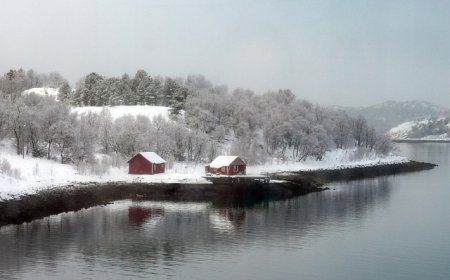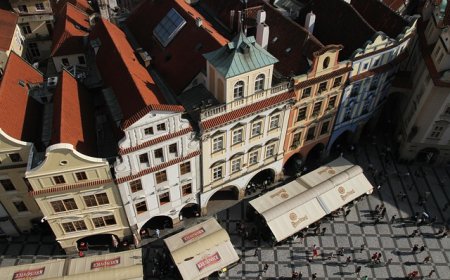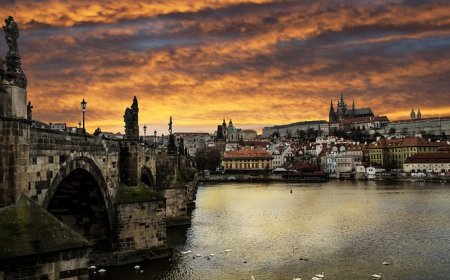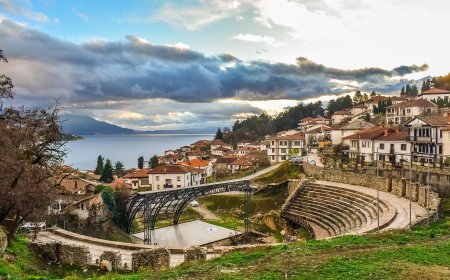Luxembourg: Geography, Culture, and History for Students
Explore the fascinating country of Luxembourg through this student-friendly article. Learn about its cities, culture, languages, and role in Europe.
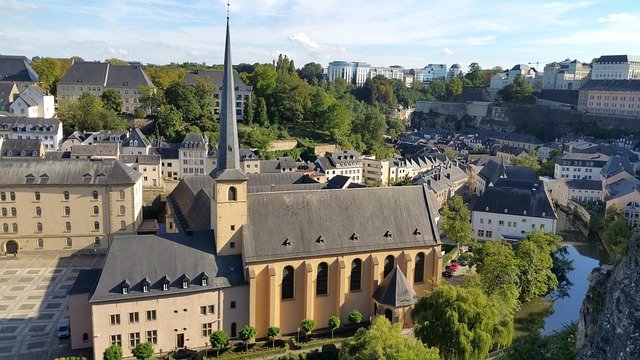
🇱🇺 Luxembourg: A Small Country with a Big Voice in Europe
🗺 Introduction
Luxembourg is one of the smallest countries in the world, but it holds a very important place in European history, economy, and politics. Surrounded by Belgium, France, and Germany, Luxembourg is a peaceful country known for its green hills, ancient castles, and multilingual people.
Though tiny in size, Luxembourg is big on influence. It is one of the founding members of the European Union and home to many important international organizations. In this article, we’ll explore Luxembourg’s geography, people, culture, and why this small nation matters to the whole world.
🌍 Geography and Location
Luxembourg is located in Western Europe. It is landlocked, meaning it has no coastline. It borders Belgium to the west and north, Germany to the east, and France to the south. The country is just over 2,500 square kilometers—about the size of Rhode Island, the smallest U.S. state.
Despite its size, Luxembourg’s landscapes are diverse. The north is part of the Ardennes, a forested region with rolling hills, rocky cliffs, and winding rivers. The south, known as the Gutland or “Good Land,” is flatter and more urban, with farmland, vineyards, and the country’s largest cities.
Luxembourg has a mild climate with four distinct seasons. Winters are cool and damp, while summers are warm and pleasant. Rain is common, which helps keep the land green and fertile.
🏙 Cities and Regions
The capital of the country is Luxembourg City, often simply called Luxembourg. It’s a beautiful and historic city, with ancient stone walls, castles, bridges, and valleys. The city is divided between the Old Town, with cobbled streets and fortresses, and the modern district, where government buildings and international offices are located.
Luxembourg City is also home to the European Court of Justice, one of the most important courts in Europe, and many offices of the European Union.
Other towns in the country include:
- Esch-sur-Alzette, known for its steel industry and now a center for culture and education
- Vianden, famous for its hilltop castle that looks like it came from a fairy tale
- Ettelbruck and Diekirch, small towns in the north with beautiful countryside and museums
Even though there are only a few cities, each has a unique identity and plays a role in the country’s economy and culture.
👨👩👧👦 People, Language, and Culture
Luxembourg has a population of about 660,000 people, making it one of the least populated countries in Europe. However, it has a very diverse population. Nearly half of the people living in Luxembourg were born in other countries, especially Portugal, France, Belgium, and Germany.
Luxembourg has three official languages: Luxembourgish, French, and German. Luxembourgish is the national language and is spoken at home and in daily life. German is used in newspapers and early schooling, while French is the main language for law, government, and business. Most people speak at least two or three languages fluently!
Luxembourg’s culture combines elements from Germanic and Romance traditions. People enjoy music, art, hiking, and spending time with family. Folk festivals and local holidays celebrate everything from farming traditions to historical events.
🏛 Government and Economy
Luxembourg is a constitutional monarchy, which means it has a Grand Duke as head of state, but the country is run by an elected parliament. The Grand Duke (currently Henri, Grand Duke of Luxembourg) performs ceremonial duties, while elected leaders make laws and manage the government.
The country has a strong and wealthy economy, based on banking, finance, and technology. Luxembourg is one of the richest countries in the world per person, and many people come from nearby countries to work in its offices, banks, and institutions.
Luxembourg is also known for being safe, stable, and very clean. Public transportation is free for everyone, making it easy to travel across the country by bus or train.
🍽 Food and Traditions
Luxembourg’s food reflects its location and multicultural background. It blends French, German, and Belgian influences with local flavors. Meals often include meat, potatoes, cheese, and fresh vegetables.
Popular Luxembourgish dishes include:
- Judd mat Gaardebounen, smoked pork neck with broad beans
- Gromperekichelcher, crispy potato fritters served at fairs
- Bouneschlupp, a green bean soup with potatoes, onions, and bacon
- Quetschentaart, a plum tart often eaten for dessert
- Luxembourgish wines, especially white wines from the Moselle Valley
Many towns hold fall festivals, spring fairs, and Christmas markets where families gather to enjoy local food, music, and crafts. The biggest national celebration is National Day on June 23, which honors the Grand Duke’s official birthday and includes parades, fireworks, and dancing.
🏰 History of Luxembourg
Luxembourg’s history stretches back over 1,000 years. It began with a small castle built in the 10th century, which grew into a strong fortress town. Because of its position in the middle of Europe, Luxembourg was often caught between powerful neighbors, including Spain, France, and Germany.
Throughout history, Luxembourg was ruled by many different empires and kings. In 1890, it became a fully independent country with its own Grand Duke. During World War II, Luxembourg was invaded by Nazi Germany but was later freed by Allied forces.
After the war, Luxembourg became one of the founding members of the United Nations, NATO, and the European Union. Its leaders believed in peace, cooperation, and democracy, and the country has stayed true to those values ever since.
🌿 Nature and Environment
Luxembourg is a green and eco-friendly country with lots of forests, rivers, and trails. The Müllerthal region, also called “Little Switzerland,” is known for its rocky landscapes and peaceful hiking paths. In the Ardennes, people can explore wooded hills and spot animals like deer, foxes, and wild boars.
The government works hard to protect the environment. Recycling, renewable energy, and sustainable farming are encouraged. Nature parks and protected areas make it easy for families to enjoy the outdoors while learning about wildlife and conservation.
Even in cities, green spaces and clean air make Luxembourg a healthy and beautiful place to live.
🧠 Why Luxembourg Matters
Luxembourg shows that a small country can make a big difference. With its peaceful approach to politics, strong economy, and commitment to languages and diversity, Luxembourg is a model of how countries can live together and support each other.
Whether you’re walking through a medieval castle, speaking three languages in one day, or exploring the forests of the Ardennes, Luxembourg offers a world of learning and beauty in a very small space.


















































